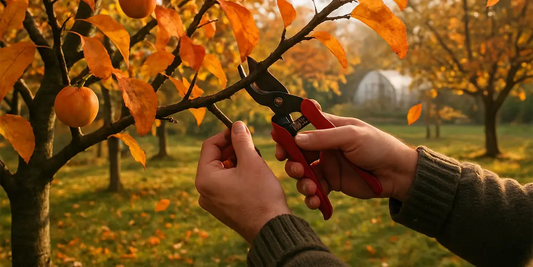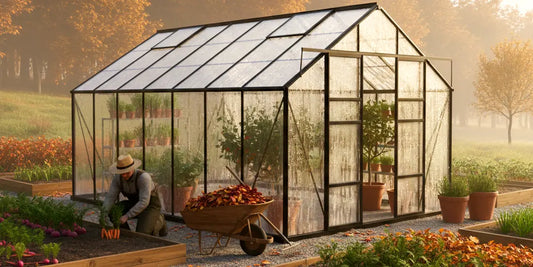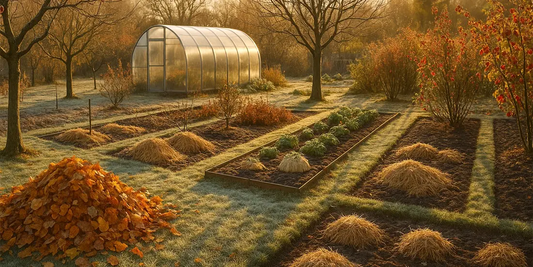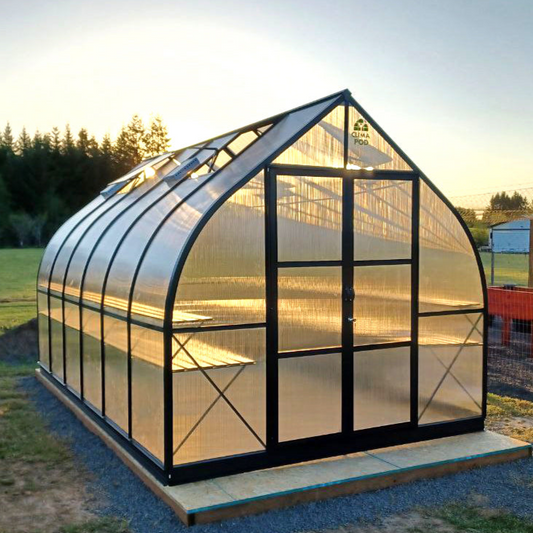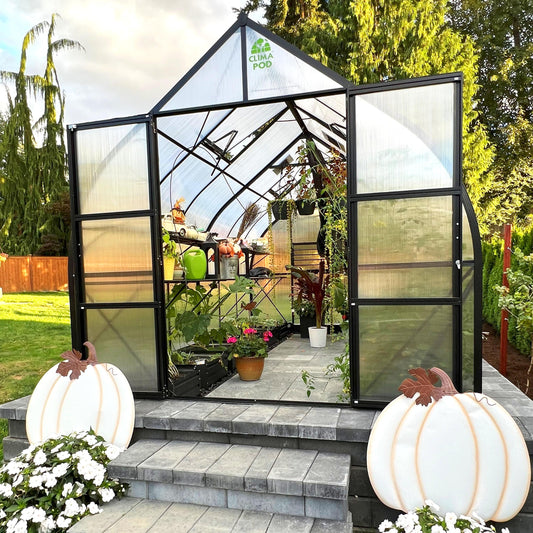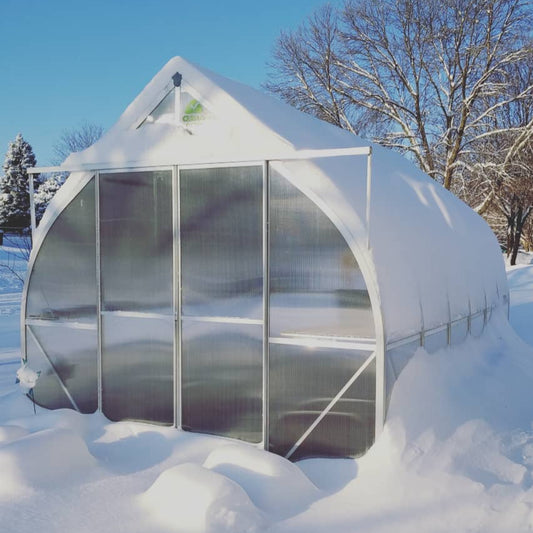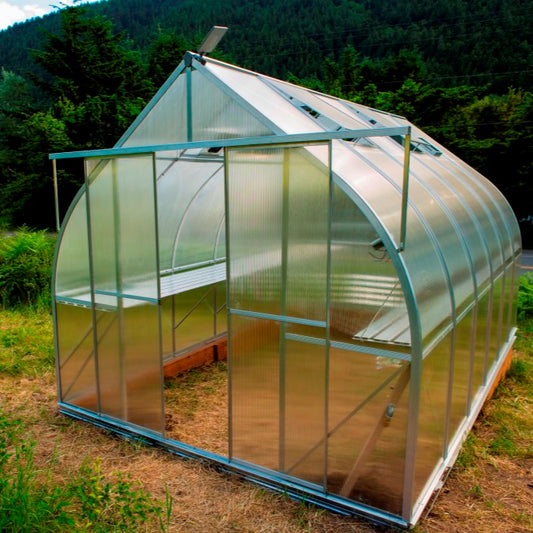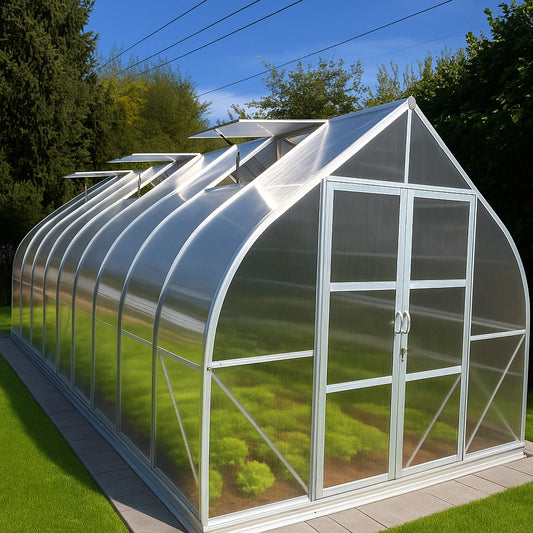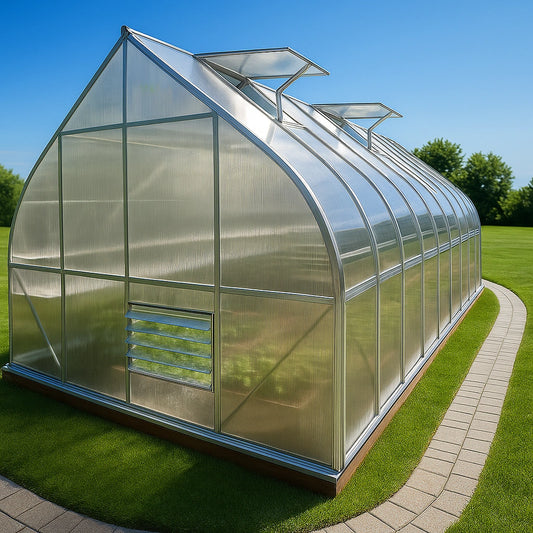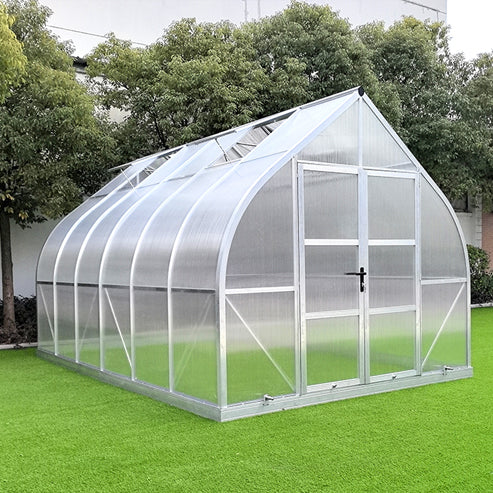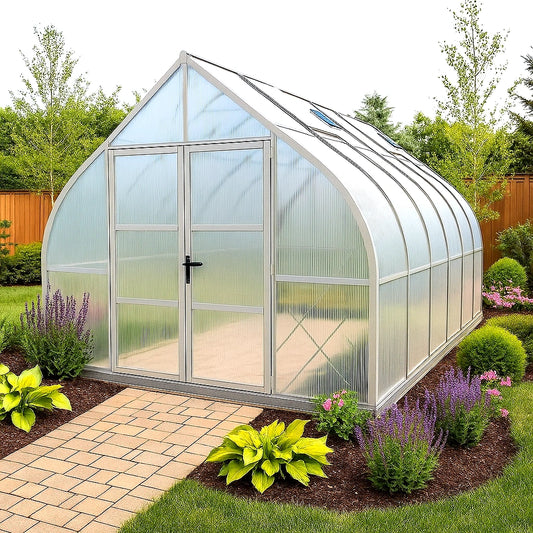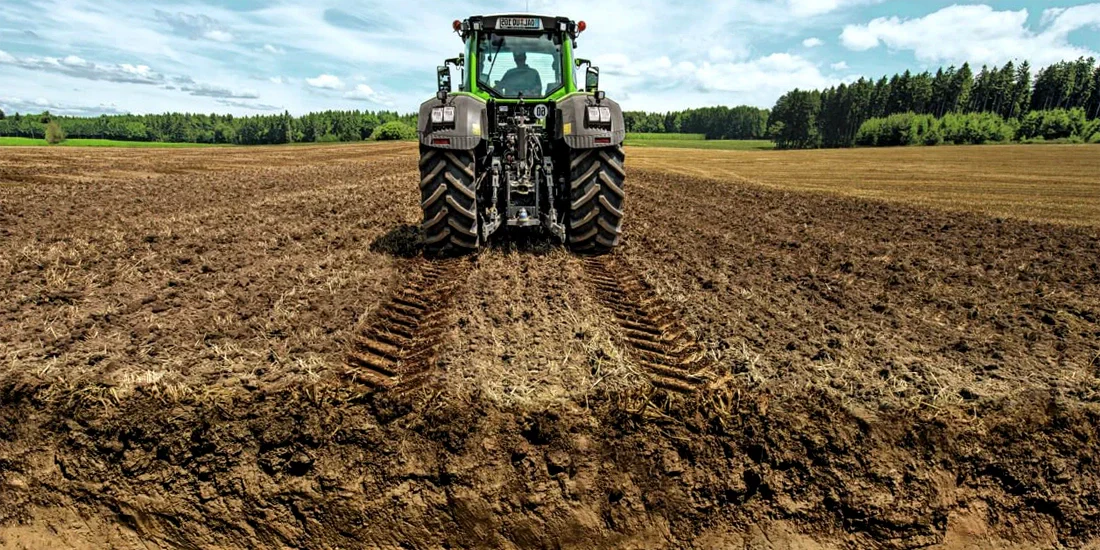
Simple & Fast Ways to Improve Garden Soil
Soil health directly impacts your garden’s productivity. Growing the same crops year after year depletes nutrients, disrupts soil structure, and attracts pests and diseases. So how do you rebuild healthy, fertile soil?
What Affects Soil Fertility?

Healthy soil is teeming with organic matter, balanced pH, and abundant nutrients and microbes. You’ll want to focus on:
- Organic Matter: Improves structure, moisture retention, and nutrient availability.
- Soil pH: Most vegetables thrive between pH 6.0–7.0; blueberries, asparagus, and gardenias prefer more acidic soils.
- Macro & Micro Nutrients: Alongside nitrogen, phosphorus, and potassium, crops benefit from calcium, magnesium, boron, iron, and zinc.
- Soil Texture: Balanced soil holds adequate air and water without becoming soggy or powdery.
- Biological Health: Earthworms and beneficial microbes break down organic matter and suppress pathogens.
When Should You Improve Soil?
Indicators that your soil needs attention include:
- Poor plant growth, sparse blooms, or low yields.
- Thin topsoil layer — check annually during tilling.
- Dusty, depleted surface — sign of lost organic matter.
- Clumpy, compacted soil — limits root and microorganism activity.
- Extreme pH levels or high salt — impacts nutrient uptake.
- Visible issues with pests or diseases in soil.
Effective Soil Improvement Methods

- Organic & Mineral Amendments: Add compost, well-aged manure, or commercial organic blends. Apply a balanced fertilizer if nutrients are low.
- Cover Crops: Sow quick-growing green manures like crimson clover, winter rye, buckwheat, or mustard in empty beds — cut and till under for nutrients.
- Crop Rotation: Alternate plant families — don’t grow tomatoes after potatoes or beans after peas to avoid soil-borne issues.
- Mulching: Use straw, grass clippings, or shredded leaves to protect topsoil from erosion, suppress weeds, and retain moisture.
- Adjusting pH: Add lime for acidic soil, sulfur or wood ash for alkaline soil — only if soil test shows need.
- Texture Improvement: Mix in compost and gypsum for clay soils; add compost and peat to sandy soils to enhance water and nutrient retention.
- Pest & Disease Control: Clean up plant debris in fall, till post-harvest to expose overwintering pests, and use biological fungicides like Serenade or Actinovate.
Soil upkeep isn’t one-off is an ongoing cycle. Throughout the season, monitor your soil and adjust with compost, pH balancing, mulch, and rotations to ensure healthy, productive beds for years to come.

